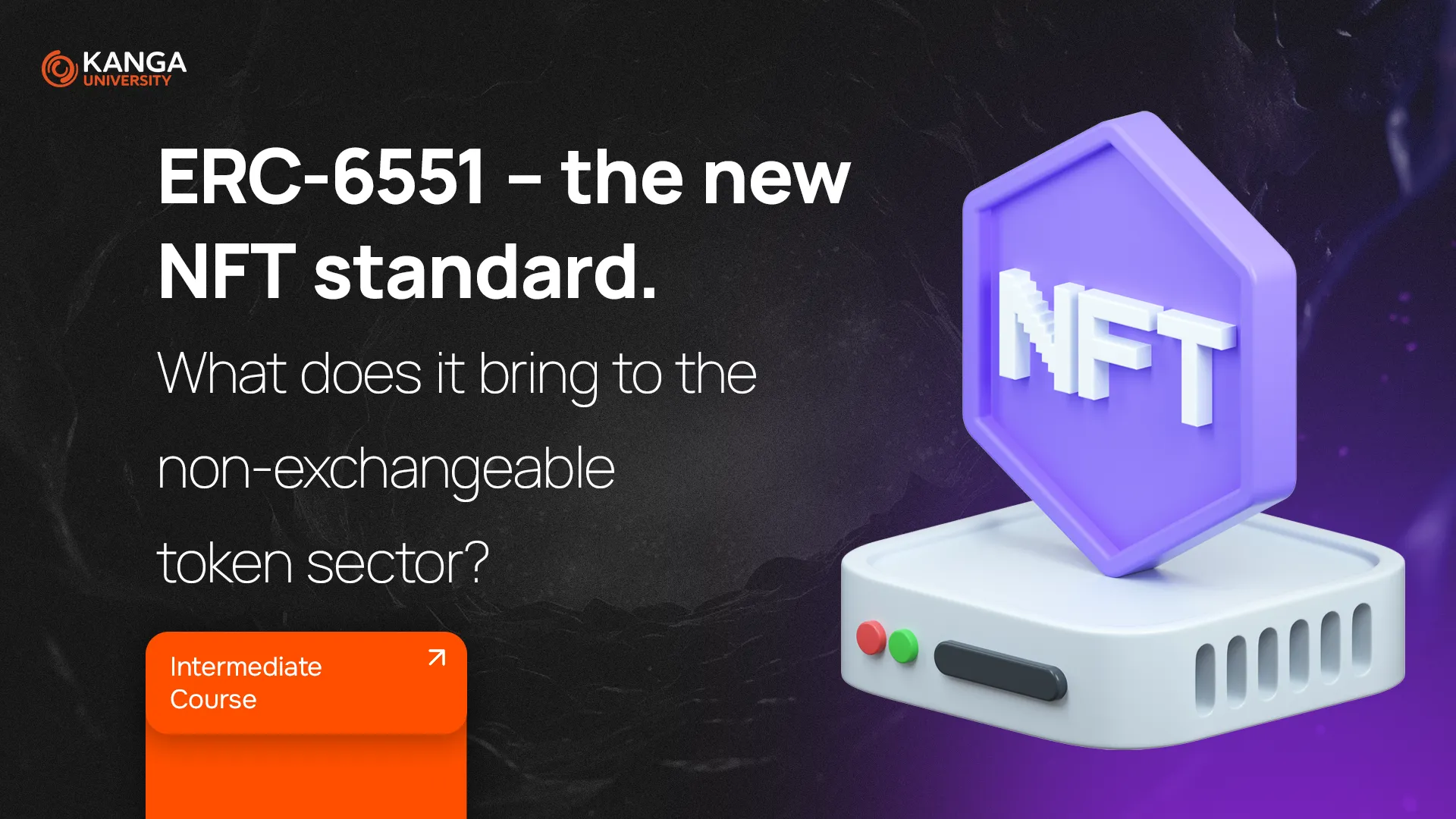
For years, ERC-721 was the go-to standard for creating NFTs on Ethereum. But the crypto world moves fast, and now a new player is entering the scene: ERC-6551. Could this innovative standard reshape how we interact with NFTs? Let’s break it down.
First, a Quick Recap: What Is ERC-721?
ERC-721 is the original NFT standard that made it possible to create unique digital items like art, collectibles, and more on the Ethereum blockchain. But while it opened the door for NFTs to go mainstream, it also has some serious limitations.
For example, ERC-721 tokens can’t interact directly with decentralized applications (dApps) or smart contracts. They also can’t evolve or adapt over time, which limits their potential in dynamic environments like gaming, DeFi, and the metaverse.
So What’s ERC-6551 All About?
ERC-6551, introduced in May 2023 as part of Ethereum Improvement Proposal 6551 (EIP-6551), is designed to fix those limitations. It turns NFTs into active participants in the Web3 ecosystem.
The big idea? Every NFT can now have its own smart contract wallet. That means a token can:
-
Store other assets (even other NFTs),
-
Make transactions,
-
Interact with dApps,
-
And even serve as a user’s on-chain identity.
This new type of functionality is called TBA, or Token-Bound Account.
How Does ERC-6551 Work?
Let’s say you already have an NFT based on ERC-721. With ERC-6551, you can “upgrade” it by creating a smart wallet directly linked to that NFT.
Here’s what happens:
-
You call a function on a special smart contract called the ERC-6551 registry.
-
That registry creates a smart wallet (TBA) for your NFT.
-
Your NFT now acts like a full Web3 user – it can own assets, sign messages, and interact with other protocols.
Technically speaking, the TBA inherits all of the original NFT’s metadata and adds support for smart contract functionality like EIP-1271 (used for signing and verifying data).
What Can You Actually Do With It?
ERC-6551 brings some exciting real-world use cases:
-
Unified NFT Portfolios: Group multiple NFTs and digital assets into one wallet controlled by your NFT.
-
Digital Identity: Your NFT can now represent your Web3 profile across games, apps, and platforms – no need to rely on your crypto wallet alone.
-
Loyalty Programs & Rewards: Brands could assign badges, points, or benefits to NFTs that “grow” over time.
-
Interoperability: ERC-6551 NFTs work across platforms, unlocking more seamless experiences in the Web3 ecosystem.
The Challenges to Watch
As promising as ERC-6551 is, it’s still early days. And with any new tech, there are a few bumps along the road:
-
Limited Adoption (for now): Not all platforms or marketplaces are ready to support ERC-6551 yet.
-
Security Risks: The increased complexity opens the door to potential scams or misuse. Robust security is a must.
-
Network Load: Giving NFTs more power could increase activity on the Ethereum network, leading to higher fees and slower performance.
These are growing pains – but they’re important to keep in mind as the standard matures.
Summary
ERC-6551 is a bold upgrade to what NFTs can do. It transforms them from static collectibles into active digital agents that can trade, interact, evolve, and represent you across Web3.
Will it completely replace ERC-721? Not right away. But it’s clear that ERC-6551 opens up a new world of possibilities for creators, developers, and collectors.
If you’re an artist, builder, or just a curious NFT explorer – now’s the time to keep an eye on this new standard.